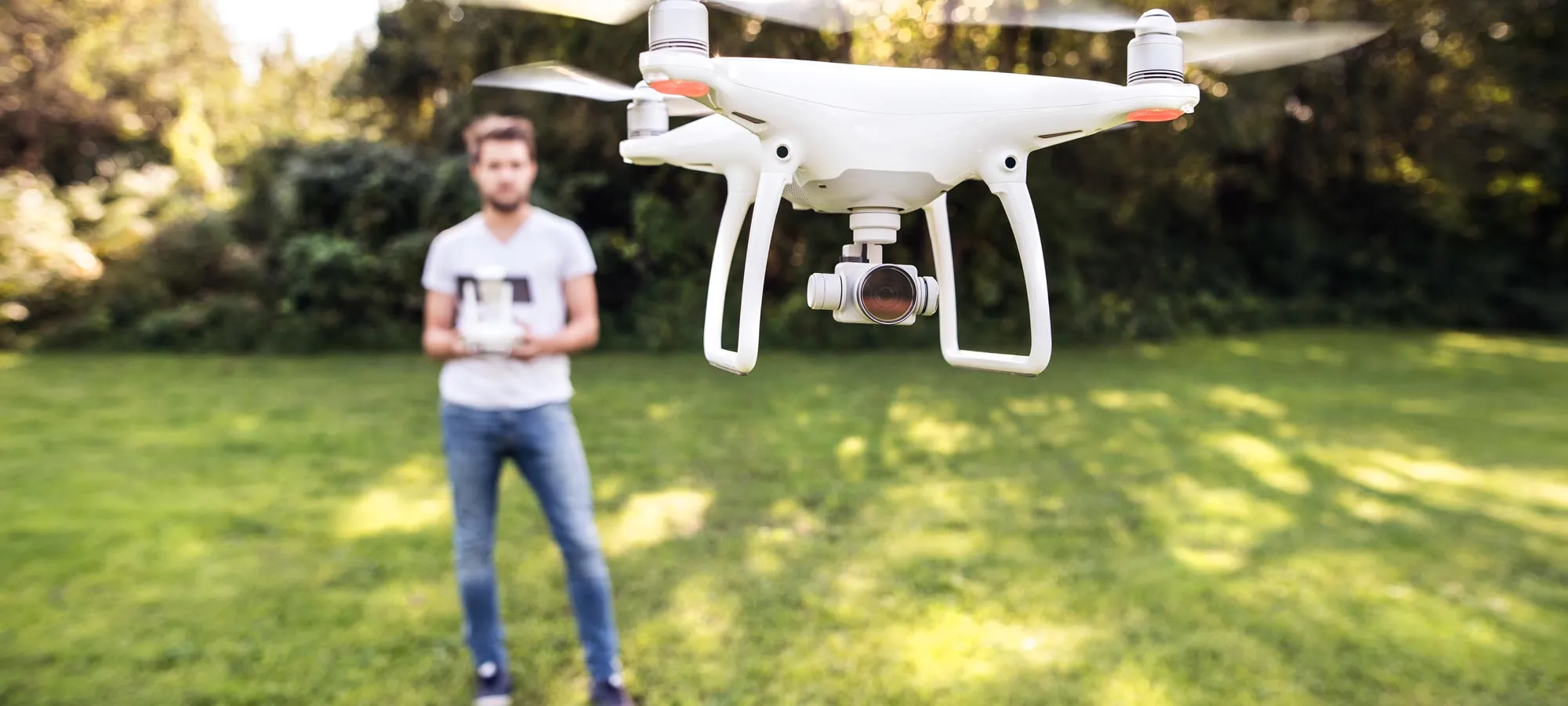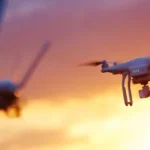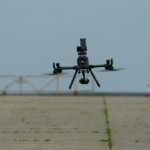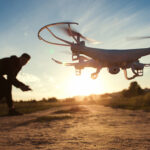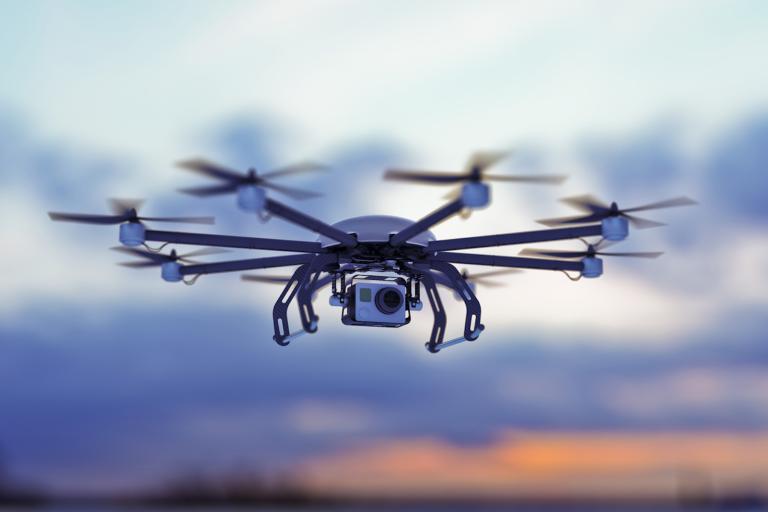
In the realm of photography and videography, the advent of drone technology has ushered in a new era of creativity and perspective.
One of the pivotal factors that determine the success of these aerial endeavors is drone camera image quality.
In this article, we explore the concept of image quality in drone cameras, its significance, and the key elements that contribute to capturing breathtaking visuals from above.
Understanding Image Quality in Drone Cameras
Image quality encompasses a combination of factors that collectively determine how an image or video appears to the viewer. When it comes to drone cameras, image quality involves the following key elements:
- Resolution: The resolution of an image is a measure of its sharpness and clarity. Higher resolutions, such as 4K or 8K, provide greater detail and precision, ensuring that every nuance of the scene is captured.
- Dynamic Range: Dynamic range refers to the camera’s ability to capture a wide range of tones, from shadows to highlights, in a single image or frame. A high dynamic range (HDR) allows for well-balanced exposure and detailed imagery in challenging lighting conditions.
- Color Accuracy: Accurate color reproduction is vital for realistic and captivating visuals. Drone cameras with excellent color accuracy ensure that landscapes, objects, and scenes are represented true to life.
- Low-Light Performance: The ability to capture clear and detailed images in low-light or nighttime conditions is a testament to a drone camera’s image quality. Low noise and enhanced sensitivity contribute to superior low-light performance.
- Stabilization: Stabilization features, such as gimbals and electronic image stabilization (EIS), ensure that the captured footage is smooth and free from jitter or shake, enhancing overall image quality.
- Lens Quality: The quality of the camera lens, including factors like aperture size, lens coatings, and optical design, significantly impacts image quality. High-quality lenses minimize distortion, flare, and chromatic aberration.
- Image Processing: Advanced image processing algorithms play a crucial role in refining and enhancing the raw image data captured by the sensor. These algorithms can reduce noise, sharpen details, and optimize colors for stunning results.
The Significance of Exceptional Image Quality
- Visual Impact: High-quality drone camera images and videos have a more significant visual impact, drawing viewers into the scene and immersing them in the moment.
- Professionalism: For professional photographers, filmmakers, and content creators, exceptional image quality is a hallmark of professionalism. It sets the standard for the industry and elevates the perceived value of the work.
- Creative Freedom: Superior image quality provides content creators with more flexibility during post-processing, enabling them to achieve their creative vision and stand out in a competitive landscape.
- Accurate Data: In fields like surveying, agriculture, and environmental monitoring, accurate image quality is essential for collecting precise data and making informed decisions.
Conclusion
Drone camera image quality is at the heart of capturing breathtaking visuals and unleashing the creative potential of aerial photography and videography.
As technology continues to advance, we can expect even more remarkable innovations in the pursuit of exceptional image quality.
Whether you’re a professional pushing the boundaries of cinematic aerial shots or an enthusiast capturing the beauty of the world from above, understanding and prioritizing image quality in your drone camera is the key to achieving stunning and memorable results.



